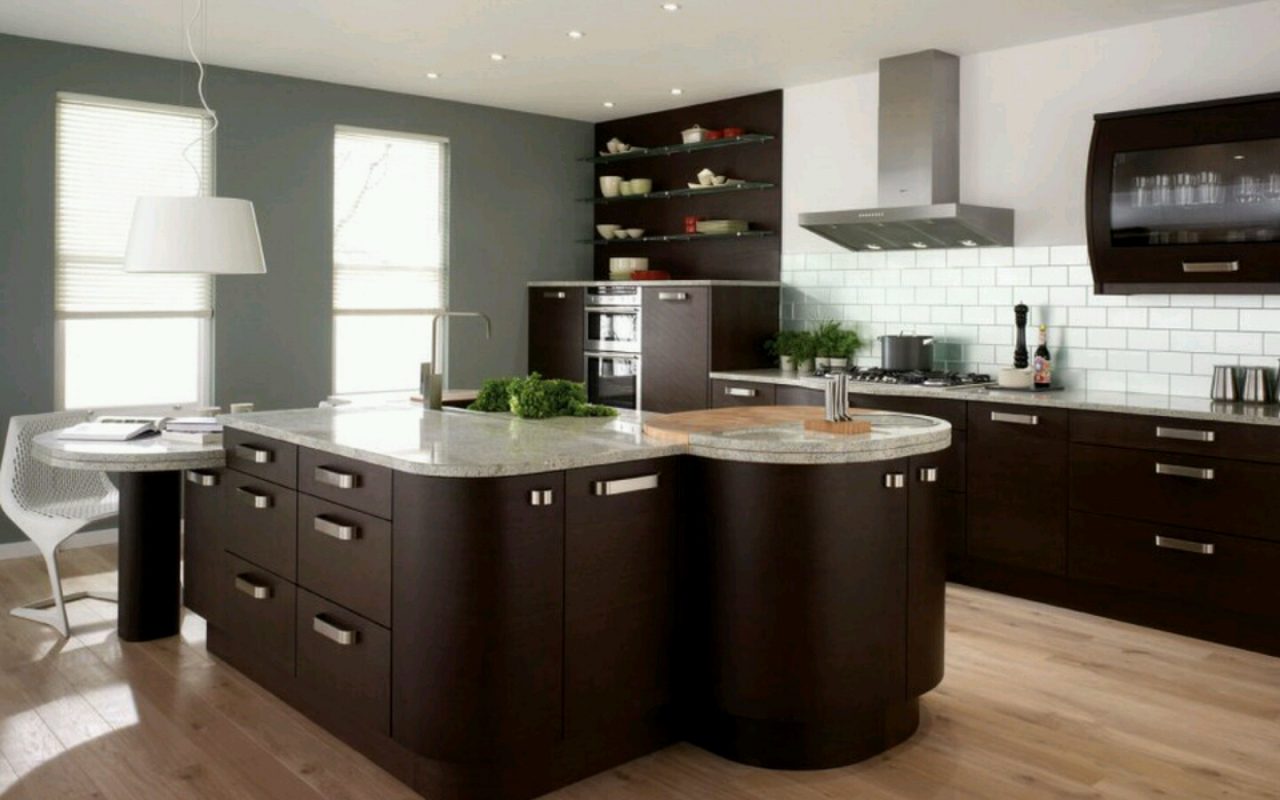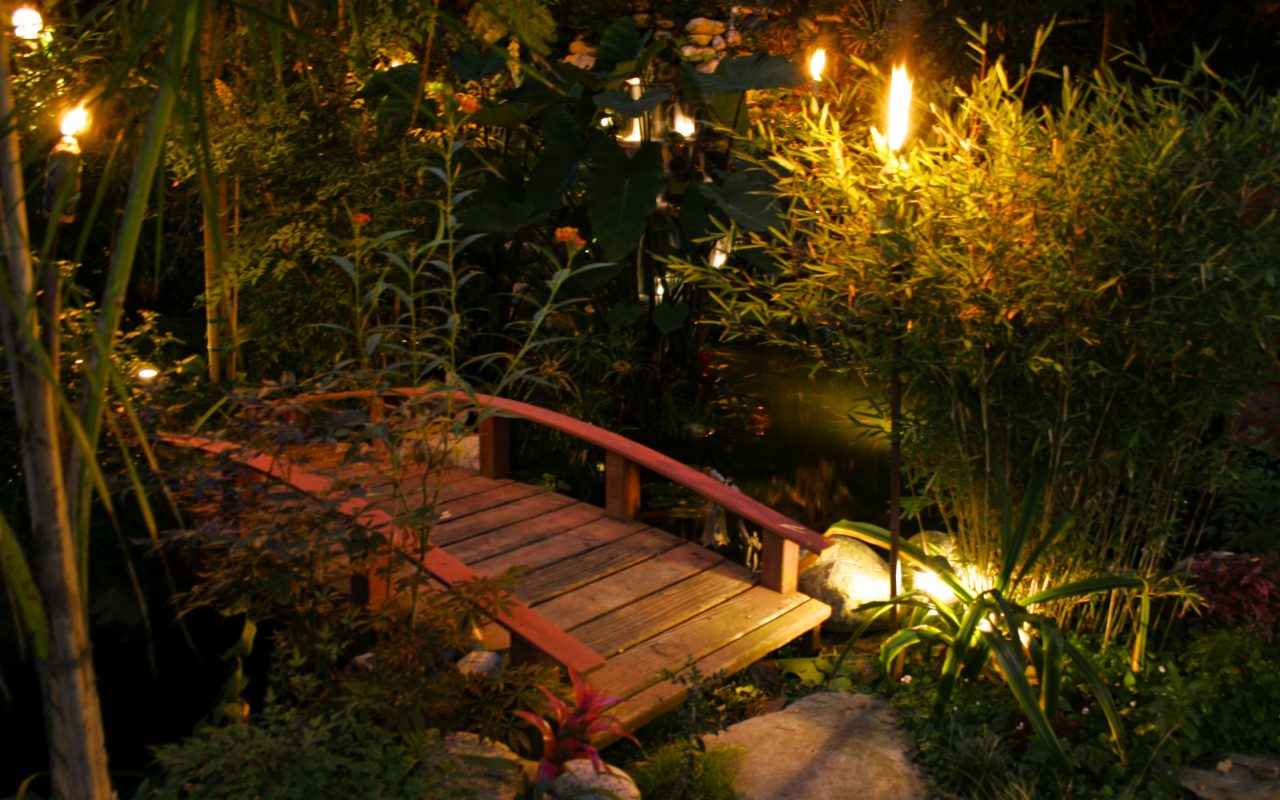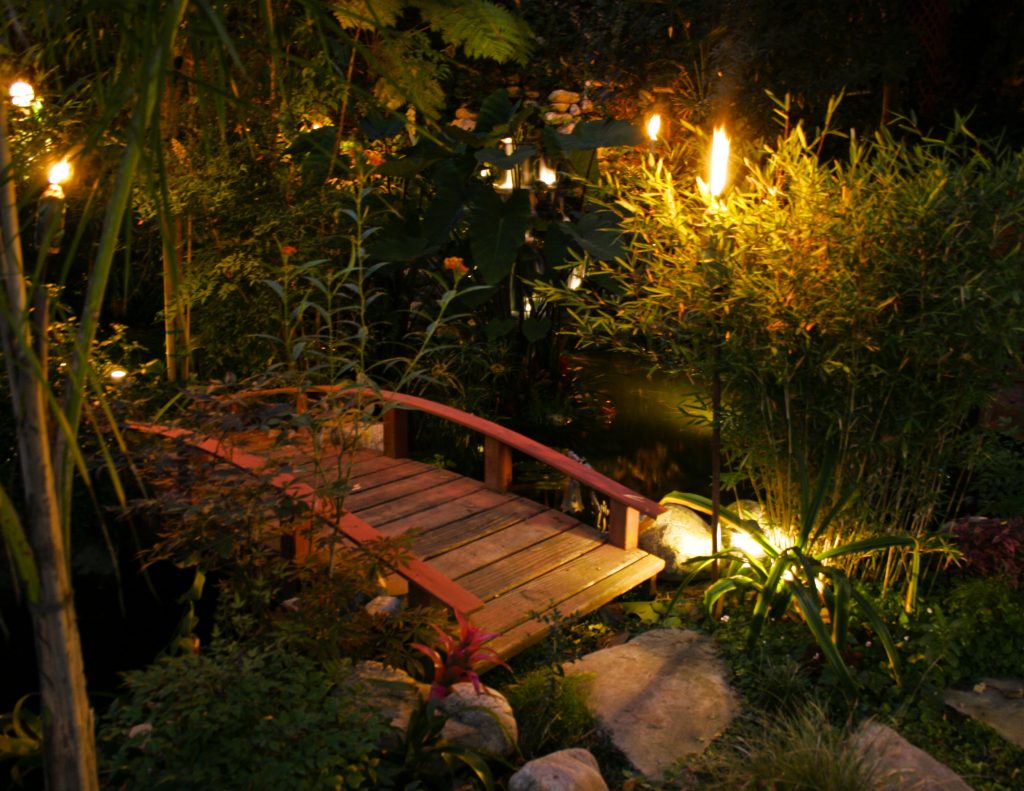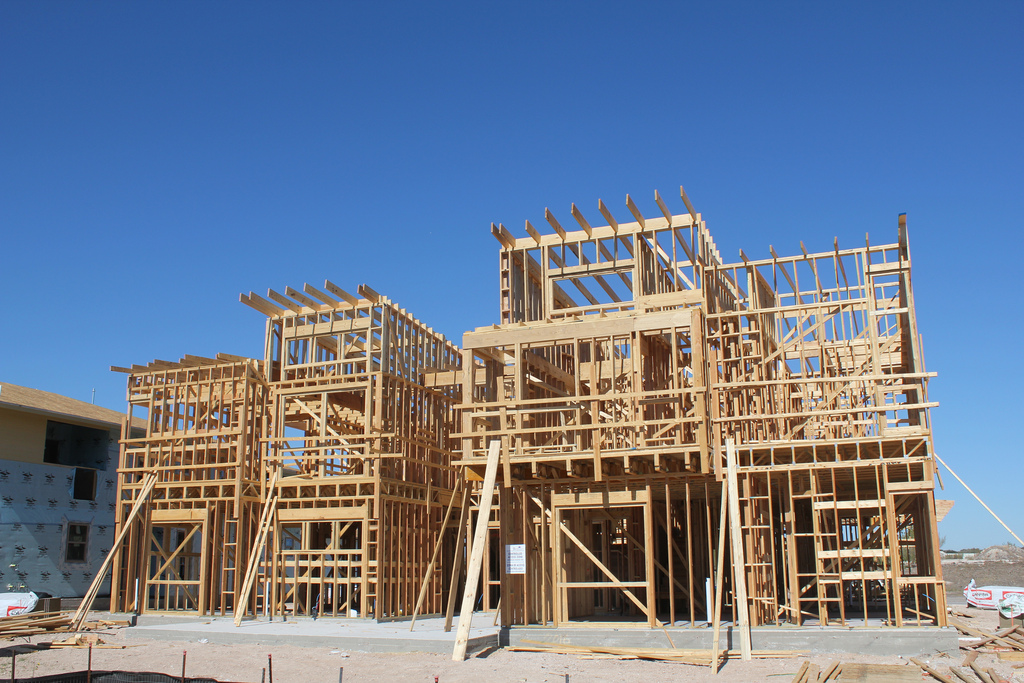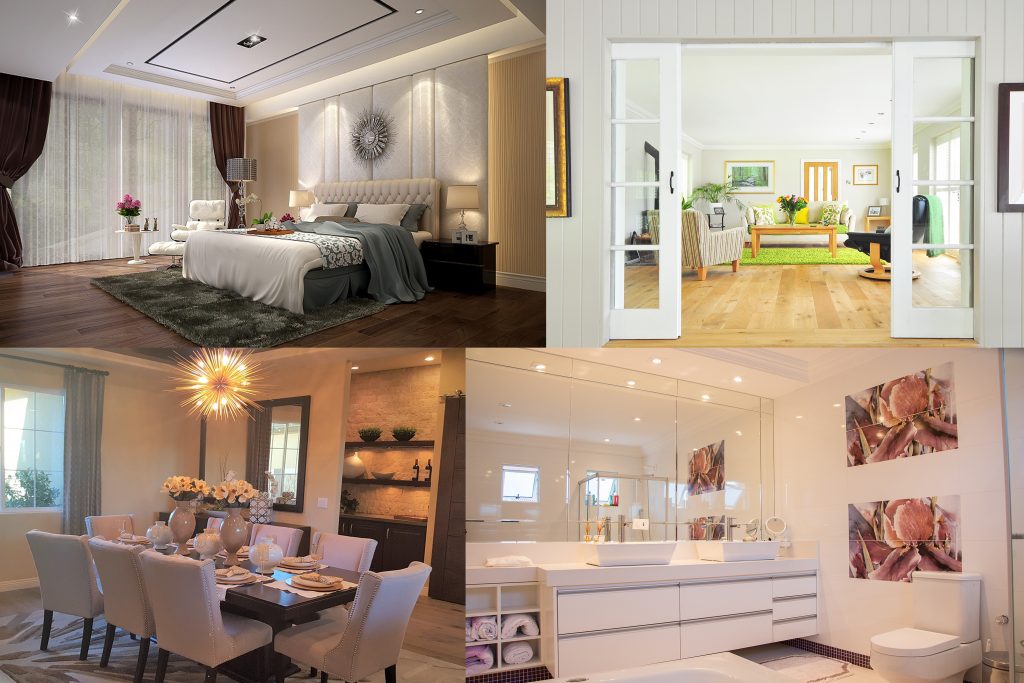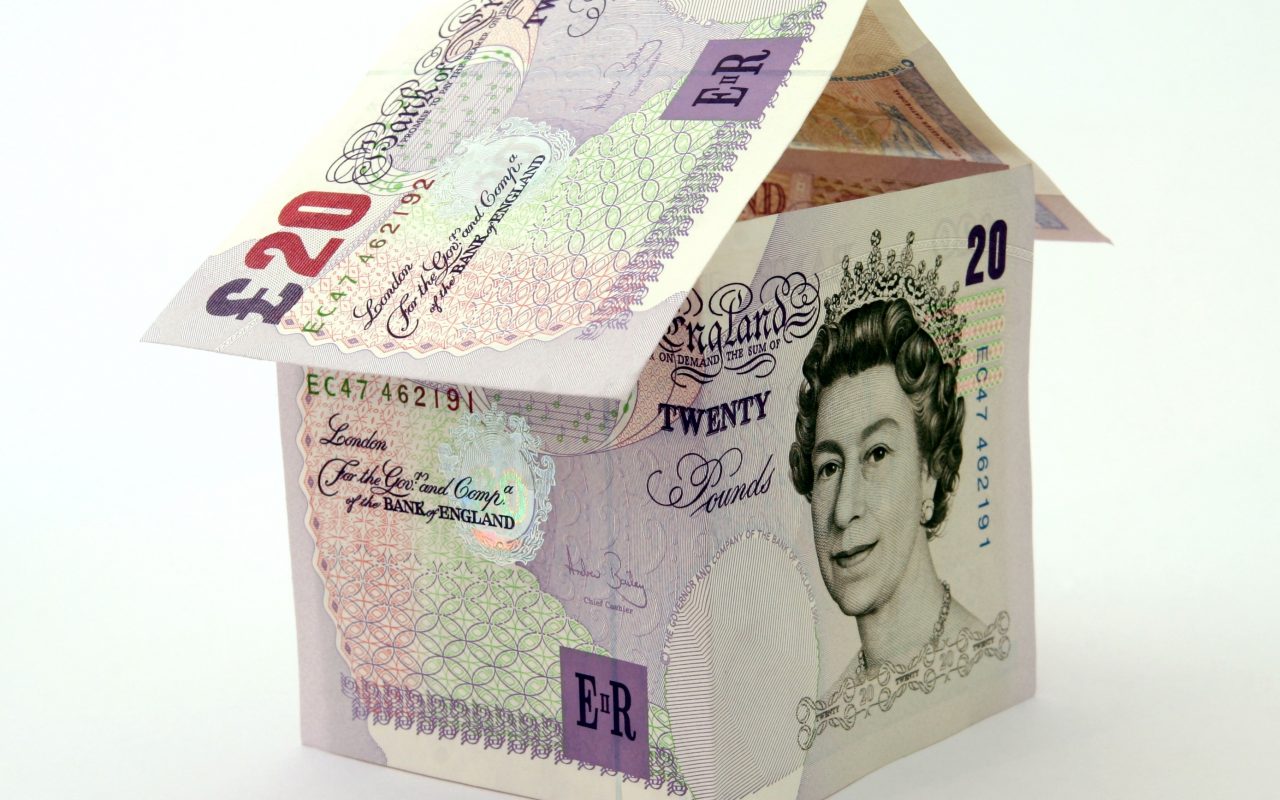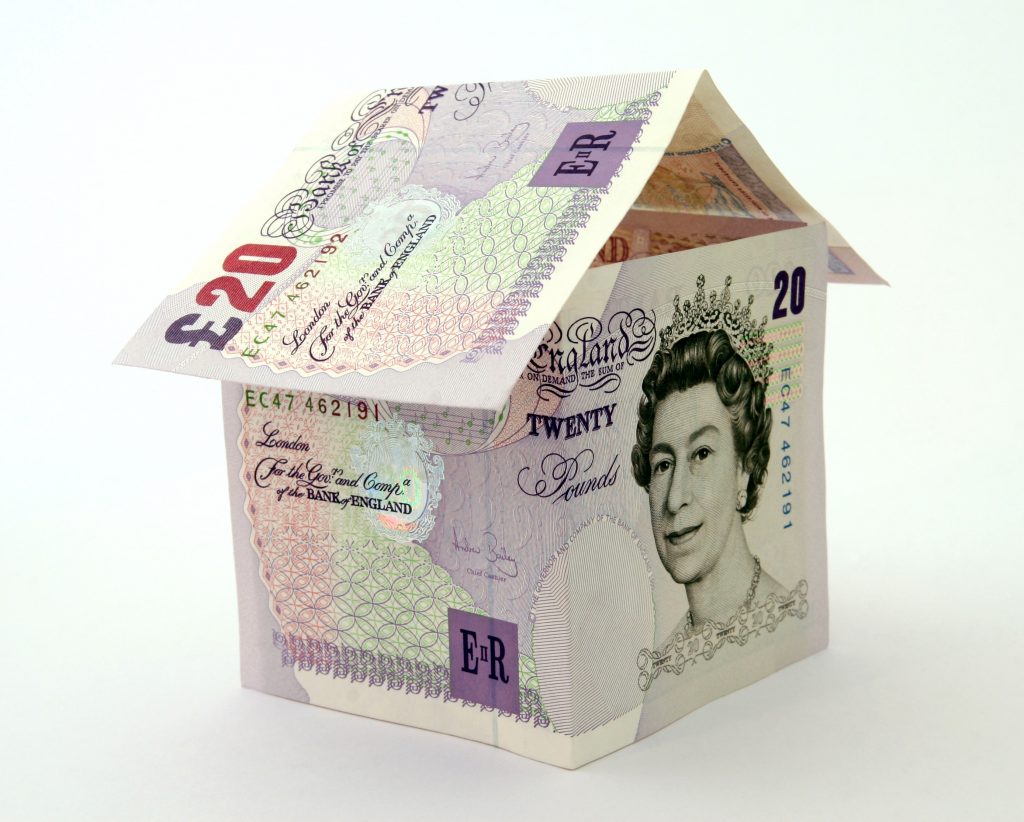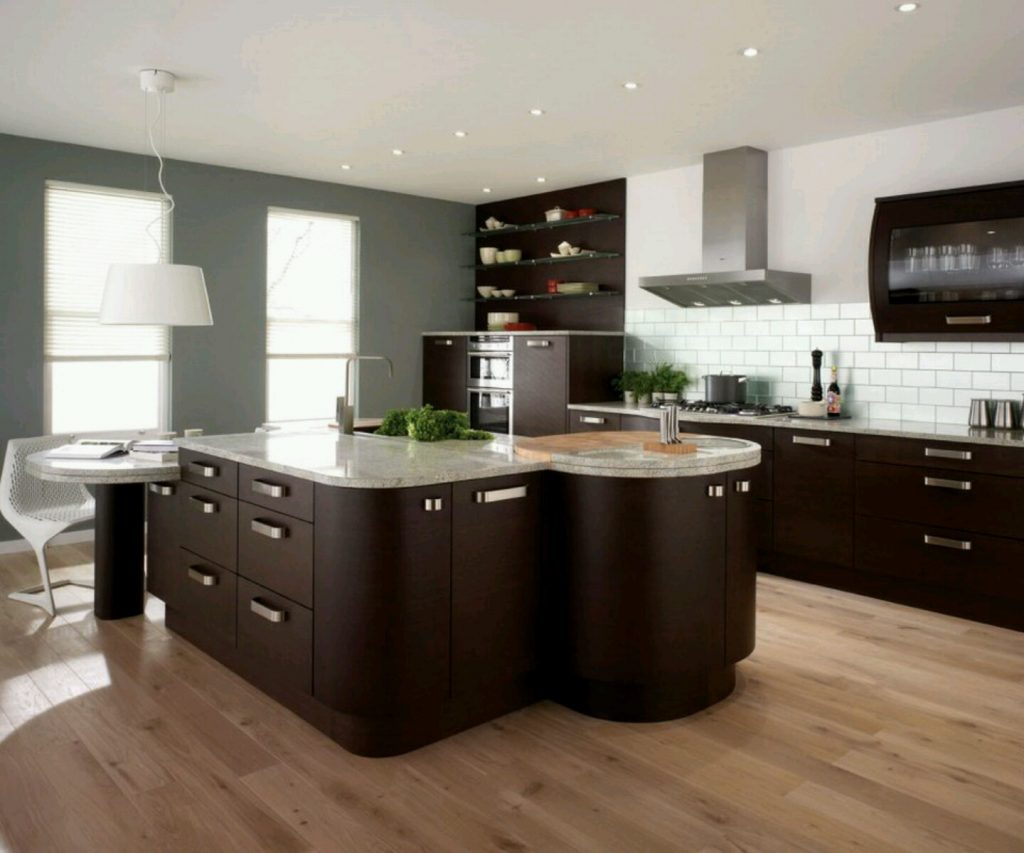
National Home Improvement Month starts in April, so how can property owners can add value to their homes by making improvements?
National Home Improvement Month encourages home owners to improve their homes this April. NAEA Propertymark advises that whether you are selling now or maintaining your home to sell in the future, there are many small home improvements you can address to keep your property in best shape for when the time comes to sell-up.
Mark Hayward, Chief Executive, NAEA Propertymark, had this to say: “Faced with a difficult housing market, updating and maintaining a property is more important now than ever for homeowners. Whether you need more space but can’t afford to move, or want to put your house on the market, you should be making the most of what you’ve got. You can be on a budget or willing to spend, there are always innovative improvements that can be undertaken which will successfully increase your home’s value”.
10 top home improvement tips to increase the value of your home:
1. Mirrors
If you cannot add a skylight or build a conservatory to brighten up your home, there are simple yet effective ways of creating light through the use of a few mirrors. Hanging mirrors opposite windows tricks the eye into thinking there is another window there and maximises the impact of natural lighting. Another illusion when capturing light is to reflect it into any darker corners, to make your property look bigger and brighter.
2. A pristine and private garden
Giving your garden a makeover can go a long way. Start by tidying away any litter, mowing your lawn, removing all perennial weeds and cutting back overgrown trees and shrubs.
Once you have made the space look attractive, try and create a feeling of solitude. An open, clutter-free space is appealing but privacy is essential. Consider growing trees or adding boundary fences and walls, which can go up to two metres without needing planning permission. Another option would be to assemble a structure in the space such as a pergola. As well as creating privacy, this is a great way to separate areas of your garden for socialising and to extend the use of your garden into the colder months.
3. Opening up space
Opening up living space is becoming more and more popular, particularly for the kitchen and dining room. Combining the two into one large room creates a sociable space, great for the whole family to enjoy. Knocking through walls to create this open-plan living space is an effective way to add value to a property because a larger space is not only trendy but more useful. However, it is important to remember the practicalities with this, as many consumers still like the front room philosophy that can be used for special occasions or to be used for privacy by the adults.
4. Makeover the kitchen
An attractive, hygienic and fresh looking kitchen is essential. Start by painting the cabinets to give a fresh look and replace doors and handles if needed. Improve kitchen storage where you can; a larder for example is hugely attractive among house-hunters. Make sure there is adequate lighting as well, it’s very easy and cost effective to install under unit lighting. Finally, ensure that any floor tiles are well fitted and a colour that is easy to maintain and keep clean.
5. Get rid of busy wallpaper
With each potential house buyer having varied tastes in patterns and texture, certain wallpaper designs can be seen as overwhelming. Wallpaper can also be difficult to remove which could lead to people being put off by if they are looking for a home to move straight into. We recommend using paint and keeping colours neutral, making it a simpler job for the next homeowner and the property overall becomes more appealing.
6. Replace doors
First impressions count. The front door of your home can say a lot about the rest of the house to viewers seeing it for the first time. If you cannot afford to replace the door, make sure it looks attractive by giving it a power wash or a fresh lick of paint.
7. Converting the loft
A loft conversion is a more expensive improvement yet probably gives back the best value for money. Most lofts can be easily converted and expanding the house upwards offers homeowners an extra bedroom for growing families or a space for extra storage. Adding an extra bedroom can give huge value to your home, particularly if it includes an en-suite bathroom. Remember to seek planning permission before undertaking this work though.
8. Be energy efficient
Fitting your home with energy efficient appliances can add value to your home by promising to knock the costs of bills. With a huge variety of new products on the market for this, it’s increasingly becoming a key feature for new homes.
9. Double glaze the windows
Noisy roads can impact the value of a property. It will keep the home warm and keep the noise out, even if it’s near a main road.
10. Install a fireplace
A fireplace can bring a lot of character to a room and creates a focal point. It’s also practical; the warmth from the fire allows you to reduce the use of your central heating which will lead to savings on your energy bills.
